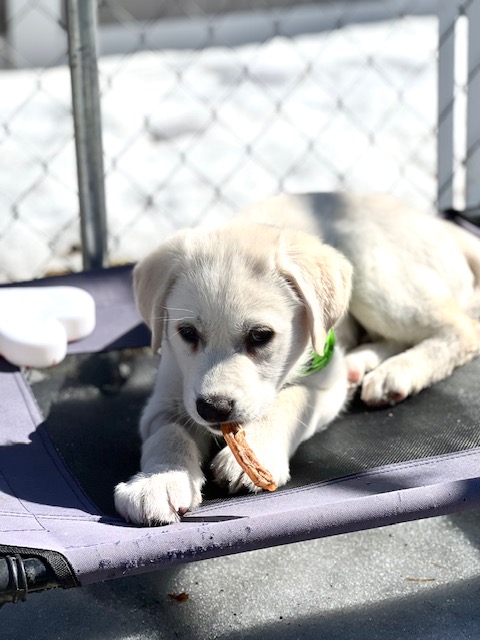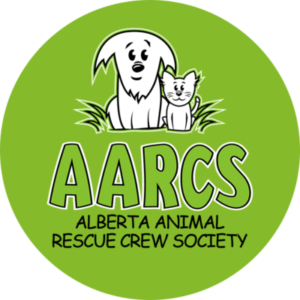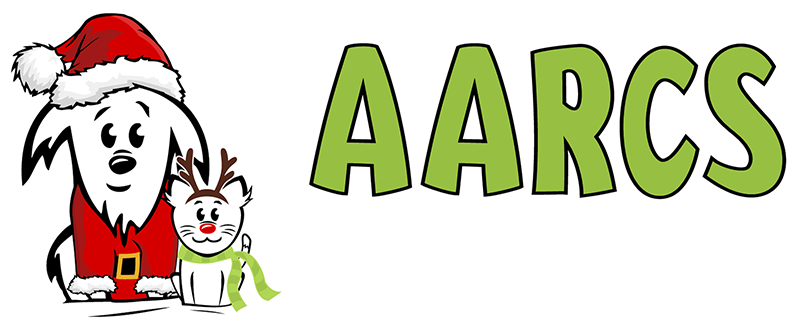Let’s start from the beginning! What is a reward? It’s basically anything that your dog sees as valuable. Food is the most common reward used in training, but it can be affection, praise, greeting a person or getting to go through a door. Remember that value is in the eye of the beholder! Just because you think affection should be rewarding, doesn’t mean your dog will think so. You don’t go to work every day for free right? So don’t expect your dog to do it!
What your dog finds valuable will also change depending on the environment. Maybe kibble is rewarding enough when you’re working with your dog in the house with no distractions, but outside, the chance to chase a squirrel may prove more rewarding than a measly piece of kibble.
A Reward Marker is a word, sound, or gesture that we use to let our dog know that a reward is coming. It’s a way of letting your dog know that they’ve done the right thing, & something valuable will soon follow. It bridges the time gap between the behaviour your dog has performed & the reward.
The Reward Marker can be whatever you want, as long as you’re consistent. ‘Yes’ is a common word to use as a reward marker, & a clicker is a common sound. Is your dog deaf? You could use a thumbs up sign or a small light.

So how do you train a Reward Marker? First, decide on what you’re going to use as a marker. The instructions below are using the word ‘yes’ as the Reward Marker.
With your dog close to you, say ‘yes’
Give your dog a treat
Repeat 20 times
It doesn’t matter what your dog is doing, you’re not asking them to perform any cues, just instilling the association between ‘yes’ & treats. You’ll know your dog understands when you say ‘yes’ & they immediately look at you.
A Note on Treats
- Keep them small (about the size of ½ your pinky fingernail)
- Your dog may find kibble motivating enough in some situations, but when distractions get high, you’ll probably have to switch to a higher value treat.
- You may choose to save some treats so that your dog will only get them when working on cues they find challenging, or in high distraction situations. This way the treats retain their value.
- Some ideas for high value treats are beef liver, cheese, ham, hot dogs, & chicken.
- If you’re concerned about weight gain, measure out the approximate amount of treats you will use each day & deduct that amount from your dog’s normal feeding.


